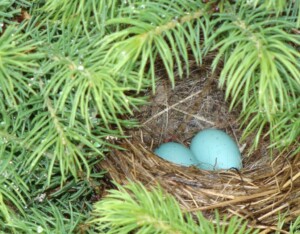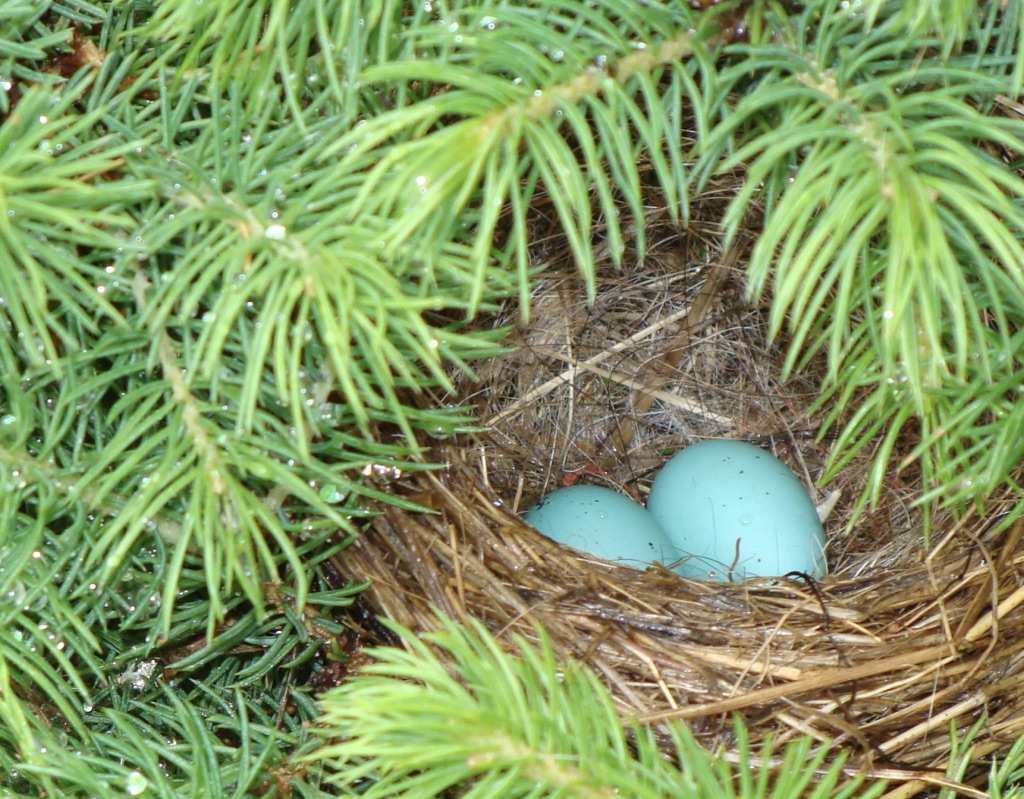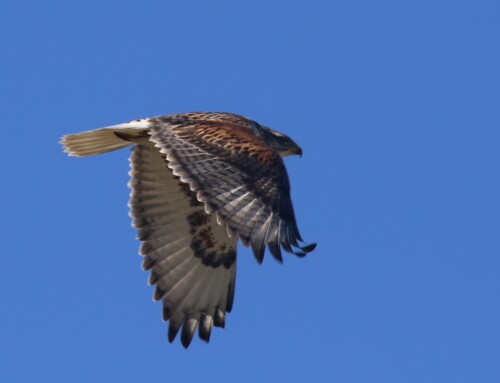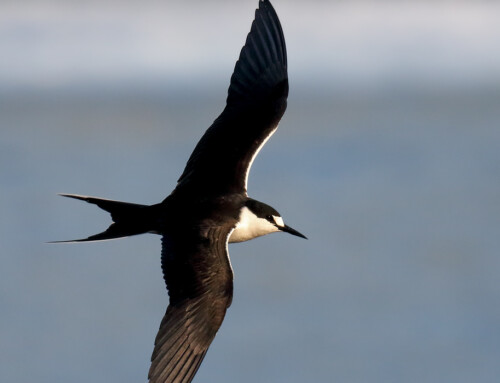
LINKED PAPER
Clutch size of passerines increases with latitude in China, but egg size is conserved. Guo, Y., & Lu, X. 2022. IBIS. DOI: 10.1111/ibi.13102. VIEW
As you move poleward, birds tend to produce larger clutches (Jetz et al. 2008). However, the size of the eggs may impose limitations on the number of eggs that can be laid (Smith & Fretwell 1974). Birds could face a trade-off between laying a few large eggs or several small ones. Considering this trade-off, it is reasonable to expect a latitudinal pattern in egg size. To investigate this hypothesis, Yangyang Guo and Xin Lu compiled an extensive dataset comprising 298 populations of 154 passerine species that breed across mainland China. Does egg size vary latitudinally or not?
Latitudinal patterns
After taking into account potential confounding factors, such as breeding start date and the level of parental care, the researchers found that clutch size is indeed positively correlated with latitude. For egg size, however, there was no latitudinal pattern. It seems that Chinese birds do not experience a trade-off between egg size and clutch size. It is important to note that the analyses were restricted to the temperate section of the Asian mainland (between 22ºN and 53ºN). Expanding this latitudinal range to tropical and arctic regions might uncover another pattern. Nonetheless, the lack of a trade-off in temperate regions calls for an explanation.

Figure 1. Among passerines breeding on the Chinese mainland, clutch size increases with latitude (figures a and d) whereas egg size does not (figures b and e).
Food availability
The researchers suggest that resource availability could account for the latitudinal patterns in clutch size and egg size. At higher latitudes, the seasonal peak in food availability is much stronger (Lundblad & Conway 2021). Northern breeding birds will have plenty of food to raise their chicks. Hence, they can lay larger clutches without reducing the size of the eggs. This explanation sounds logical, but remains to be tested with further analyses. And we should not discard other possibilities, such as nest predation (Martin et al. 2000) and thermoregulation (Reid et al. 2000). Let’s not put all our eggs in one basket yet.
References
Jetz, W., Sekercioglu, C.H. & Böhning-Gaese, K. (2008). The worldwide variation in avian clutch size across species and space. PLoS Biology 6: 2650– 2657.e303. VIEW
Lundblad, C.G. & Conway, C.J. (2021). Ashmole’s hypothesis and the latitudinal gradient in clutch size. Biological Reviews 96: 1349– 1366. VIEW
Martin, T.E., Martin, P.R., Olson, C.R., Heidinger, B.J. & Fontaine, J.J. (2000). Parental care and clutch sizes in north and south American birds. Science 287: 1482– 1485. VIEW
Reid, J.M., Monaghan, P. & Ruxton, G.D. (2000). The consequences of clutch size for incubation conditions and hatching success in startlings. Functional Ecology 14: 560– 565. VIEW
Smith, C.C. & Fretwell, S.D. (1974). The optimal balance between size and number of offspring. The American Naturalist 108: 499– 506. VIEW
Image credits
Top right: Blue eggs in a nest | Cbuske46 | CC BY-SA 4.0 Wikimedia Commons
Blog posts express the views of the individual author(s) and not those of the BOU.
If you want to write about your research in #theBOUblog, then please see here




